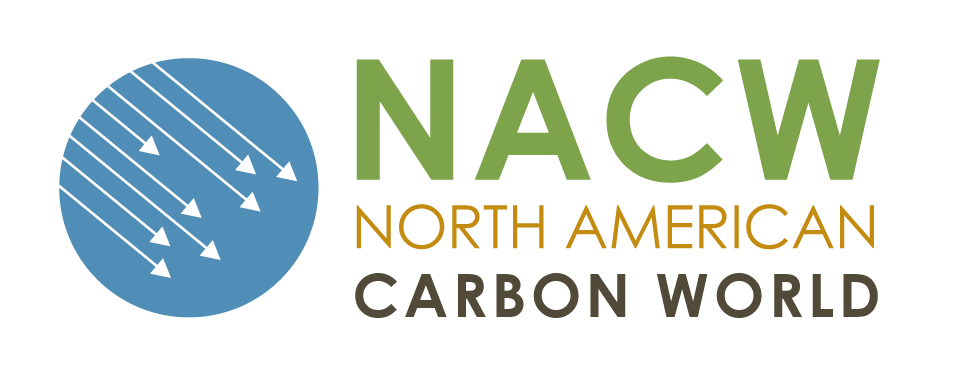State to issue first compliance offset credits for early action projects registered with the Climate Action Reserve
SACRAMENTO, CA – Three offset projects that reduced the amount of ozone depleting substances (ODS) leaking into the atmosphere are in the final stage of being issued compliance offset credits under California’s cap-and-trade program. These projects, which were all registered with the Climate Action Reserve, represent early actions to reduce greenhouse gas (GHG) emissions, and the credits, which will be issued by the California Air Resources Board (ARB), represent recognition and reward for these voluntary actions to protect our environment.
“When we were developing California’s AB 32, we had hoped companies would get a head start on reducing emissions through early action initiatives like these ODS offset projects. The state has a history of encouraging innovative work like this, and it’s very gratifying to see these projects officially becoming part of the cap-and-trade program. It’s also very fitting that these projects came from the Climate Action Reserve, which has played a strong supportive role of AB 32 from the very beginning,” said Linda Adams, former Secretary for Environmental Protection of the California Environmental Protection Agency and Chair of the Climate Action Reserve Board of Directors. AB 32, also known as the Global Warming Solutions Act, is California’s landmark climate change and clean energy law under which the state’s cap-and-trade program was created.
The three ODS projects are expected to be issued a cumulative total of over 300,000 compliance offset credits, known as ARB Offset Credits (ARBOCs). This means that, together, the projects reduced the equivalent of CO2 emissions from the consumption of 34,204,596 gallons of gasoline. The credits are compliance units and can be used in the state’s cap-and-trade program to meet compliance obligations. According to the cap-and-trade regulation, companies may use offsets to meet up to eight percent of their compliance obligations.
“Diversified Pure Chem, a leader in responsible refrigerant reclamation welcomes the conversion of EAOCs to ARBOCs. We applaud the California Air Resources Board in implementing the next phase of the Carbon Offset Program. Our company believes that the Carbon Offset Program is an important part of California’s overall emphasis on improving the environment,” said Bill Auriemma, President & CEO. Diversified Pure Chem has one project, CAR981, that will receive ARBOCs in this first batch.
The early action projects are especially significant because they represent emissions reductions that voluntarily occurred as a result of the adoption of AB 32. The compliance offset credits also will provide market confidence in the future supply of credits. Recently, the Reserve projected that in November 2016 the total number of qualifying offsets issued under the current ARB approved offset protocols plus two currently being considered by ARB – coal mine methane and rice cultivation – would near 60 million.
“The offsets program is a critical element of the cap-and-trade program because it allows regulated companies to keep the costs of compliance manageable without comprising positive impact on the environment. The Reserve is well known for its experience and knowledge and we are very confident in the quality level of credits we register. I think the market shares this confidence,” said Gary Gero, President of the Climate Action Reserve, North America’s most trusted, knowledgeable and experienced carbon offset registry.




